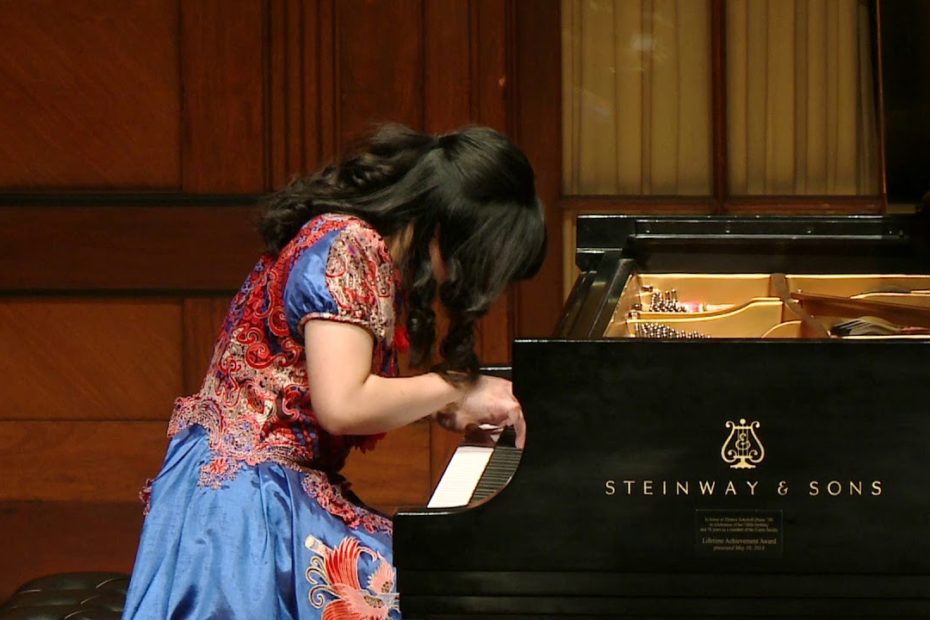Ludwig van Beethoven: Sonata No. 8 in C minor, Op. 13
Janice Carissa, piano
Performed on Monday, November 16, 2015
Field Concert Hall, Curtis Institute of Music, Philadelphia
0:00 Grave—Allegro di molto e con brio
8:50 Adagio cantabile
13:40 Rondo: Allegro
Beethoven’s Sonata in C Minor, Op. 13 (“Pathétique”), was well received when first published in 1799, and has maintained its popularity; today it remains one of his most beloved compositions. The sonata’s publication helped the 28-year-old Beethoven establish credibility as a brilliant composer, building on his reputation as an excellent pianist and chamber musician. The sonata sold well, helping Beethoven to become one of the first financially successful independent composers, working without the constraints of full-time employment by the aristocracy.
In Beethoven’s time, playing chamber music in the home was a popular pastime among families and friends, and Beethoven’s early sonatas (indeed, much of his chamber music) reflect the public’s enthusiasm for amateur music-making. While Beethoven challenged the conventional boundaries of composition from an early age, the early sonatas do not display the punishing technical demands he began to include in his symphonies—which were largely intended to be performed by professional musicians—or in his later sonatas and chamber music, which stretched the limits of what amateur musicians could realistically perform. Instead, many of Beethoven’s early works include experiments in style and construction that did not place unnecessary difficulty on an amateur performer. But Beethoven still found ways to experiment with several departures from the traditional classical style.
The first movement (Grave—Allegro di molto e con brio) of Op. 13 makes extensive use of the theme first stated in the slow introduction, even after moving into a brighter “allegro” tempo. Beethoven goes so far as to include several direct repetitions of this material at the original tempo, breaking up the faster sections with the heavy chords of the introduction. He also links the three movements with similar thematic material. Beethoven pushed both of these ideas further as his career progressed. Less than a decade later he would take the idea of a large work connected through a single motive to a thrilling new level with his fifth symphony, also in C minor.




